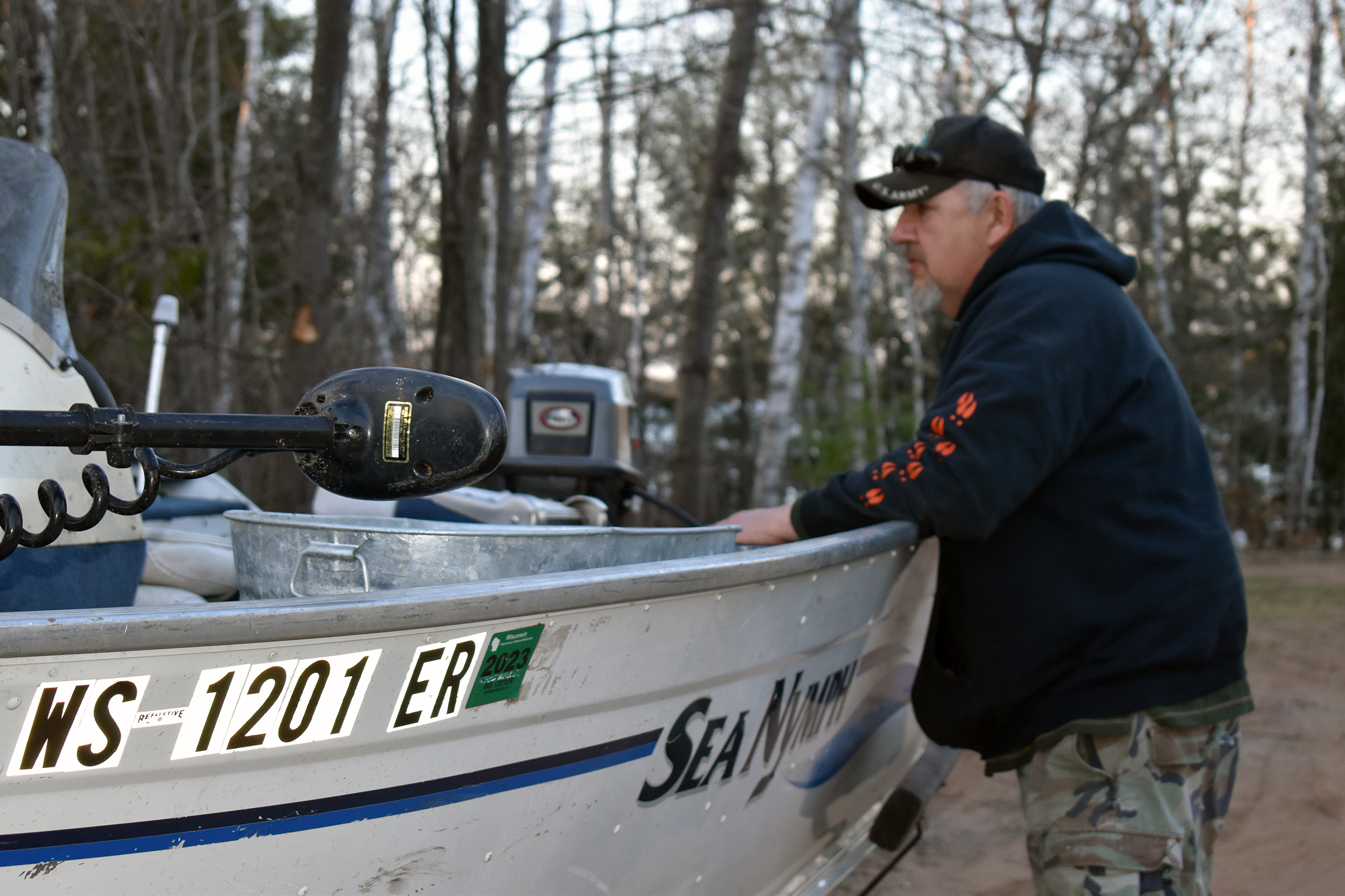Groundwater is an essential resource for communities around the world, but maintaining it takes vigilance. We talk with a hydrologist about how to prevent the depletion of our groundwater supply, and how to keep it free from industrial pollution. We also visit with the author of a new book looking at how the human body can be engineered for optimal performance. He says that biomechanics, neuroscience, and pharmacology are all part of the picture. Plus, we talk about a hearing at the Wisconsin Capitol about loosening regulations on high-capacity wells.
Featured in this Show
-
Capitol Divided During High-Capacity Well Hearing
State lawmakers held a public hearing yesterday about a new proposed bill that would loosen high-capacity well regulations. Wisconsin Public Radio State Capitol Reporter Laurel White joins us to talk about the hearing and the bill.
-
Engineering The Human Body
The term bioengineering may sound like an element of a dystopian novel. But our guest highlights advances in the fields of biomechanics, neuroscience and pharmacology that can help engineer the human body to achieve our highest potential.
-
A Woman Who 'Sees' With Her Ears: The New Frontier Of Bioengineering
Scientists are hacking into the human body to help amputees and people with debilitating conditions, and entering a new frontier of bioengineering to do things that were once thought impossible.
Ideas that sound like science fiction or the plot of a Hollywood thriller are now becoming reality in research labs around the country, like designing bionic limbs, re-growing parts of fingers through stem cells and helping a blind person “see” with her ears.
In his new book, “The Body Builders: Inside The Science of the Engineered Human,” Adam Piore, a former editor and correspondent for Newsweek, chronicles how bioengineers are becoming increasingly more innovative with human augmentation to help everyone from wounded veterans to those suffering from muscular dystrophy.
The book largely follows the remarkable story of Hugh Herr. As a teenager, Herr was a champion rock climber. A hiking excursion with a friend near Mount Washington turned tragic when they became lost in the wilderness and nearly died. Both of Herr’s legs had to be amputated below the knee.
“The doctors told him he’d never walk again, never run, never climb,” said Piore. “But he started tinkering with his prosthetics so that he could bring them on the climbing wall … He became an even a better climber than he was before.”
It was a remarkable story for a near-failing student who didn’t much enjoy his time inside the classroom. While his climbing skills recovered, Herr found that everyday walking still hurt. So he enrolled into engineering classes at Massachusetts Institute of Technology, became a straight-A student and is now considered a leading bioengineer who begins each day with a jog around Walden Pond.
Piore said Herr has basically figured out how to reverse engineer the human leg — all 200 bones and 700 muscles. And that includes sophisticated software inside the bionic limb. It’s a glimpse into what could come further down the road.
“We don’t have the signal processing power yet to totally replicate the billions of neurons, but this is sort of a preview of what we’ll be able to do as computing power and sensing and all these other things advance,” Piore said.
The book also tells the story of Pat Fletcher, who essentially sees the world through her eyes. She was saving money to become a veterinarian by working at a grenade factory when an explosion left her blind.
Years later she was on the internet and heard about a process that could convert pictures into sound. She was skeptical.
“Our brain is actually capable of processing scores of different sounds at the same time,” Piore said. “And it does so in a consistent pattern, and over time, her brain learned to recognize these patterns. And it actually routes the patterns to her visual cortex.”
Over the years, neuroplasticity has led Fletcher to regain some depth perception. Piore said the lesson here is that scientists don’t necessarily need to create a replicated body part and that other sensory organs can serve by proxy.
“It turns out if you can just get it into the brain somehow, they call these devices sensory substitution, the brain can learn to recognize these patterns, because it’s a very sophisticated pattern recognition machine,” Piore said.
-
Protecting Groundwater From Pollution, Depletion
Groundwater is a vital resource for communities around the world. However, our subterranean water supplies are vulnerable to depletion from overuse. They’re also susceptible to pollution from industrial chemicals. We’ll speak with hydrologist William M. Alley and science writer Rosemarie Alley about how to protect this resource.
Episode Credits
- Rob Ferrett Host
- J. Carlisle Larsen Producer
- Judith Siers-Poisson Producer
- Laurel White Guest
- Adam Piore Guest
- William M. Alley Guest
- Rosemarie Alley Guest
Wisconsin Public Radio, © Copyright 2024, Board of Regents of the University of Wisconsin System and Wisconsin Educational Communications Board.

